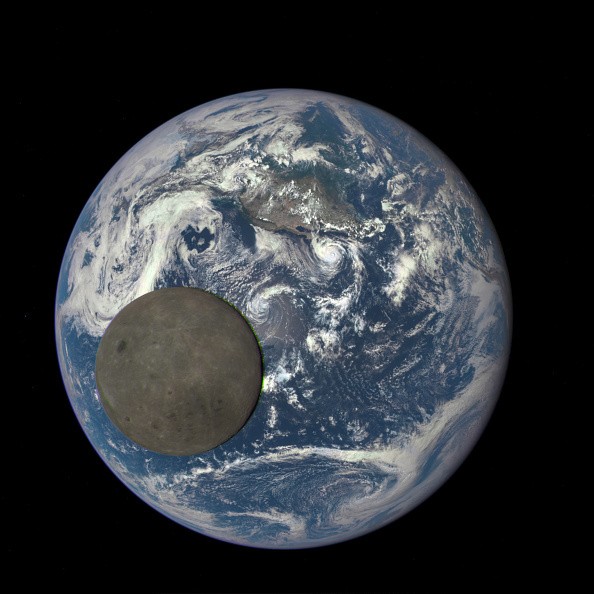NASA's CAPSTONE spacecraft will soon orbit the moon. Unlike other satellites, this new autonomous rocket is expected to have an unusual orbit pattern since it will experience the gravitational pulls of Earth and the natural satellite.

The new Cislunar Autonomous Positioning System Technology Operations and Navigation Experiment satellite is a big deal because it will show how an outer-space outpost will fly in NRHO (near rectilinear halo orbit).
Once the new autonomous cube sits orbits the moon, it will allow NASA experts to study NRHO further.
This type of space ellipse is essential for the international space union since it can allow them to easily reach the so-called Lunar Gateway after landing on the moon.
NASA CAPSTONE Spacecraft To Fly Around the Moon
According to Inverse's latest report, NASA plans to launch the new CAPSTONE satellite this coming summer. This means that the mission may take place around June to September.

Once the cube sat is orbiting the moon, it will stay there for around six months just to study the NRHO of the Earth's natural satellite.
"Then, when we get there, a lot of what we're learning is about the operational realities of this type of flight," said CAPSTONE Principal Investigator Bradley Cheetham.
The idea of using NRHO to benefit astronauts is not really new. Recently, NASA and China's space program also launched other cube sats to test this unusual space ellipse.
If CAPSTONE's launch is successful, it will be the third mission to enter NRHO.
What is NASA Lunar Gateway
CAPSTONE is expected to help NASA launch its so-called Lunar Gateway, a new moon-orbiting outpost.
This space station is quite essential for the space agency's Artemis program, as explained by NASA's official blog post.
Once the Lunar Gateway starts orbiting Earth's natural satellite, more astronauts can stay on the moon, allowing them to conduct longer space expeditions and science investigations.
Meanwhile, the new NASA solar sails are expected to make space ventures easier.
On the other hand, NASA Hubble Telescope captured a new galaxy that is twice as big as the Milky Way.
For more news updates about NASA and its new CAPSTONE satellite, always keep your tabs open here at TechTimes.
Related Article : NASA James Webb Telescope: Exoplanet Covered in Lava Oceans is the Next Target Research
This article is owned by TechTimes
Written by: Griffin Davis
ⓒ 2025 TECHTIMES.com All rights reserved. Do not reproduce without permission.




